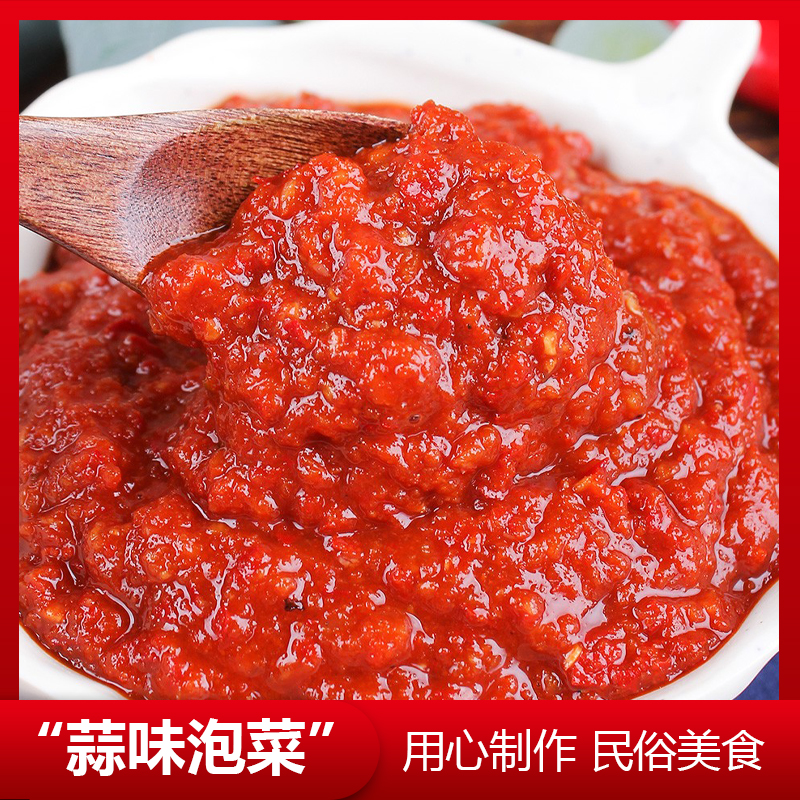Chinese Yam Cultivation Methods
Common Names: Yam, White Yam, Sweet Potato, and more.
Botanical Name: *Dioscorea* genus.
Growth Habits: Yam is a deep-rooted plant that thrives in well-drained, loose sandy soil. It prefers warm and sunny conditions but can adapt to various climates. However, it does not grow well in heavy or overly sandy soils with low moisture. Avoid planting in the same area consecutively to prevent soil depletion and disease buildup.
Propagation: Two main methods are used: using rhizomes (reeds) and bulbous buds.
1. **Rhizome Propagation:** In late October, when the stems turn yellow, carefully dig up the underground roots. Select healthy rhizomes with buds on top, about 15–20 cm long, free from pests. Dry them for 5–6 days to heal the cut ends. Bundle them in straw ropes and store in a dry cellar or on a clean mud floor, alternating layers of sand and rhizomes. Keep the storage temperature between 0°C and 10°C. Store until spring for planting.
2. **Bulbous Bud Propagation:** After harvesting in late October, collect the bulbous buds between the leaves. Choose large, firm, and pest-free buds. Dry them and store in a cool, dry place inside wooden barrels or bamboo baskets. Ensure temperatures stay above 5°C during winter. Plant them in early spring after the seedlings emerge.
Bud propagation is commonly used to raise seedlings for transplanting. In mid-March (north), plant the buds in shallow trenches spaced 25–30 cm apart, covering them with fine manure soil. Germination occurs within 20–25 days. Once the seedlings are strong, they are dug up and stored for the next season. Although rhizome propagation is widely used, over time it can lead to variety degradation. Therefore, it's recommended to alternate with bulb propagation to maintain quality and yield.
Cultivation Techniques:
1. **Soil Preparation:** In autumn, deeply till the soil to a depth of at least 60 cm. Apply 5,000 kg of compost or manure per acre, along with 100 kg of cake fertilizer. Plow again to 30 cm depth. Make raised beds 1.3 meters wide with drainage ditches 30 cm wide. Disinfect the soil with 40% phoxim at 15 grams per acre to prevent pests.
2. **Planting:** In early April, when temperatures reach around 15°C, plant the rhizomes or seedlings. Dig horizontal trenches 30 cm apart, 10 cm deep, and place the rhizomes 16–20 cm apart. Cover with 5 cm of soil, then add a layer of manure. Water lightly. Approximately 5,500–8,000 plants per acre.
Field Management:
1. **Weeding and Soil Loosening:** Perform three rounds of weeding and soil loosening. First in April–May, second in June, and third in July–August. Be careful not to damage the rhizomes or plants.
2. **Fertilization:** When seedlings reach 30 cm, apply 2,500 kg of human and animal manure water per mu. Repeat during summer with an additional 2,500–3,000 kg of manure water.
3. **Support Structures:** Install bamboo poles or branches as trellises between rows, 2 meters high. Secure the tops with plastic rope to prevent collapse. Train the vines upward to reduce pest damage and increase yield.
4. **Drainage and Irrigation:** Drain excess water during rainy seasons to avoid root rot. During dry periods, irrigate regularly while applying fertilizers.
Pests and Diseases:
1. **Anthrax Disease:** Appears in July–August with brown spots on stems and leaves. Control by soaking seeds in Bordeaux mixture before planting and spraying every 10 days. Use fungicides like Zineb or Euparen if needed.
2. **White Rust:** Occurs in wet conditions, causing white powdery lesions. Improve drainage and spray Bordeaux mixture or Dithane early.
3. **Nematode Disease:** Affects underground roots, reducing yield. Prevent by disinfecting soil with Phoxim or Isoprothiolane before planting.
4. **Pests:**
- **Poria:** Treat with Trichlorfon or Carbofuran granules.
- **Leaf Bees:** Spray Trichlorfon solution.
- **Ground Tiger:** Use Trichlorfon to control.
Harvest and Processing: Harvest in late October when stems and leaves turn yellow. Carefully dig up the roots, trim the tops, and process the tubers for medicinal use. Handle with care to avoid damage.

Garlic Flavored Kimchi,Korean Cuisine,Spicy Garlic Kimchi,Garlic Kimchi
Yanbian Jingangshan Food Co., Ltd , https://www.ybjgsfood.com